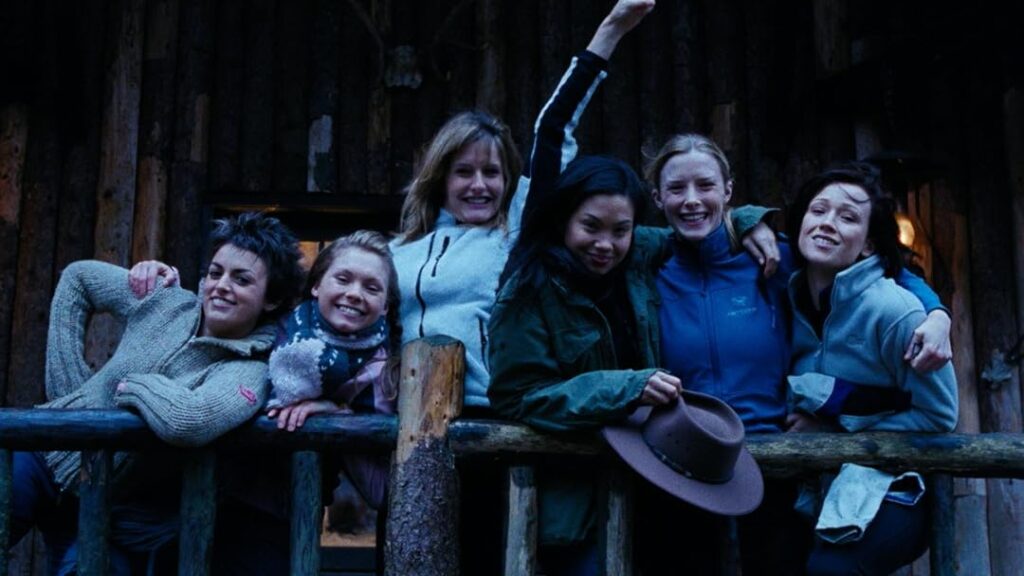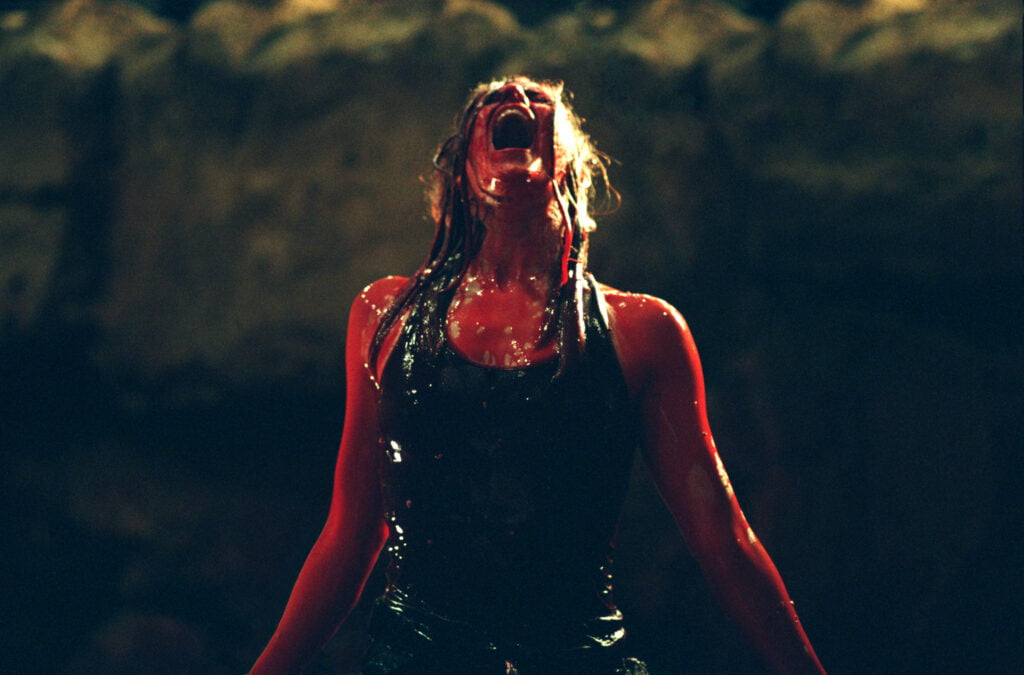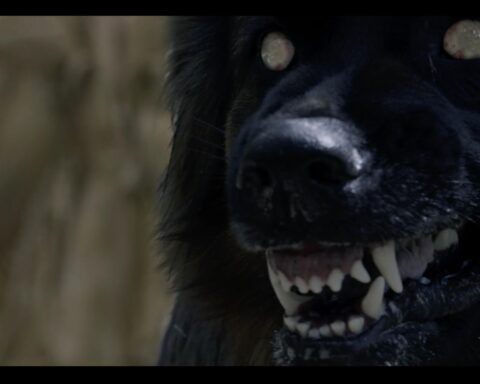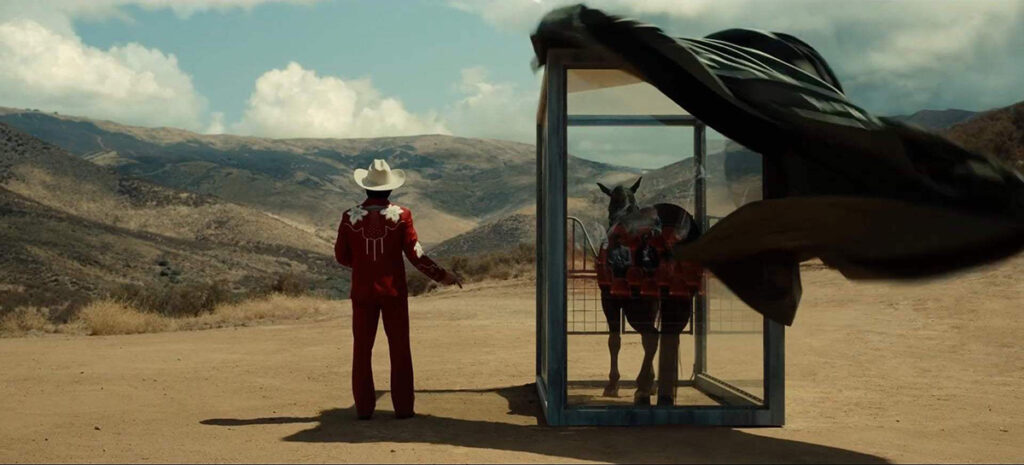“The Descent” and its sequel “The Descent Part 2” stand out in the horror genre for their unique blend of traditional monster elements and innovative storytelling. Directed by Neil Marshall and Jon Harris, these films dive deep into the terrifying unknown of a cave system, all while exploring the complexities of female friendships and resilience. This article delves into the specifics of each movie, their contributions to the horror genre, and their portrayal of strong, multifaceted women.

The Descent (2005)
A Journey into Darkness
“The Descent” follows a group of six women who set out on a spelunking adventure in the Appalachian Mountains. Sarah (Shauna Macdonald), still mourning the loss of her husband and daughter, joins her friends Juno (Natalie Mendoza), Beth (Alex Reid), Sam (MyAnna Buring), Rebecca (Saskia Mulder), and Holly (Nora-Jane Noone) on the trip. What begins as a bonding experience quickly turns into a nightmare when they become trapped in an uncharted cave system and encounter terrifying, humanoid creatures known as Crawlers.
Crafting Fear: Innovative Horror Elements
Building Tension with Atmosphere
One of the film’s most striking features is its use of atmosphere to generate fear. The claustrophobic cave setting, with its narrow passages and pitch-black darkness, creates an intense sense of dread. Marshall’s direction emphasizes the characters’ vulnerability and isolation, using tight framing and limited light to enhance the claustrophobia. The eerie sound design, featuring dripping water and panicked breaths, immerses the audience in the characters’ terrifying predicament.



Psychological Terror
“The Descent” also excels in psychological horror. Sarah’s trauma from her family’s death is a recurring theme, manifesting in hallucinations and flashbacks. The cave mirrors her mental state—dark, disorienting, and filled with hidden dangers. This psychological depth adds complexity to the horror, making it not just a fight against external monsters but also an internal battle with personal demons.
Classic Monster Tropes with a Twist
The Crawlers: Realistic Nightmares
The Crawlers are central to the film’s horror, representing a classic monster trope with a twist. These humanoid creatures are blind but possess heightened hearing and smell, making them perfect predators in the dark. Their design, with pale skin and bat-like features, evokes primal fear. Unlike many horror films where monsters are supernatural, the Crawlers are presented as a plausible evolutionary offshoot, adding a disturbing sense of realism that heightens the terror.
Empowering Female Protagonists
Strength and Resilience
“The Descent” is notable for its all-female cast, a rarity in horror films. The characters are portrayed with depth and complexity, each bringing unique strengths to the group. Sarah’s journey from grief-stricken widow to fierce survivor is particularly compelling, emphasizing resilience and the will to survive.
Complex Female Relationships
The film also explores the dynamics of female friendships and rivalries. The tension between Sarah and Juno, who had an affair with Sarah’s late husband, adds an interpersonal conflict layer. This subplot humanizes them, presenting them as multifaceted individuals. Their interactions, ranging from supportive to antagonistic, reflect the complexities of real-life relationships.



The Descent Part 2 (2009)
Descending Again: The Sequel
“The Descent Part 2” picks up immediately after the events of the first film. Sarah, traumatized and covered in blood, is found by a rescue team but has no memory of what happened. She is coerced into returning to the cave with a new group, including Deputy Rios (Krysten Cummings) and Dan (Michael J. Reynolds), to search for her missing friends. They soon discover that the horrors of the cave are far from over as they encounter the Crawlers and the remnants of the previous expedition.
Upping the Ante: Horror Evolves
Heightened Tension
The sequel maintains the atmospheric tension of the original while escalating the horror. The familiarity of the cave, combined with the foreknowledge of the creatures lurking within, creates a heightened sense of dread. New locations within the cave system, such as submerged tunnels and vast caverns, expand the scope and scale of the environment while preserving the claustrophobic horror.
Deeper Psychological Trauma
Sarah’s psychological trauma is further explored in the sequel. Her fragmented memory and PTSD are central to the narrative, affecting her interactions with the rescue team and her decision-making. The sequel delves deeper into the psychological scars left by the previous ordeal, adding emotional depth to the relentless physical horror.
Monsters and Their Evolution
Unveiling the Crawlers
The Crawlers return as the primary antagonists, but the sequel reveals more about their social structure and behavior. The audience learns about the creatures’ nesting habits and family dynamics, making them more complex and terrifying. This expansion of the monsters’ lore adds a new dimension to the horror, emphasizing the survival instinct and the primal fear of being hunted.

Strong Women in the Spotlight
Continuation of Empowered Characters
“The Descent Part 2” continues to center on strong female characters. Sarah remains a key figure, her survival instincts sharper than ever. Deputy Rios emerges as a significant character, showcasing bravery and resourcefulness. The sequel maintains the focus on women’s strength and resilience, presenting them as formidable protagonists.
Solidarity and Conflict
The relationships between the female characters are further explored. The dynamic between Sarah and Rios evolves from suspicion to mutual respect and cooperation. The sequel also introduces new conflicts and alliances, reflecting the complexity of human relationships under extreme stress. The emphasis on female solidarity and conflict adds depth to the characters, making their struggles and triumphs more impactful.
Breaking and Reinforcing Horror Tropes
Subverting Gender Roles
One of the most innovative aspects of “The Descent” series is its subversion of traditional gender roles in horror films. Horror has often been criticized for its portrayal of women as victims or secondary characters. “The Descent” challenges this by placing women at the forefront, portraying them as capable, complex, and resourceful. The characters’ struggles are not defined by their gender but by their human qualities, such as courage, loyalty, and the will to survive.


Female Friendship At Stake
The films present a realistic portrayal of female friendships, complete with support, rivalry, and betrayal. This authenticity adds emotional depth to the narrative, making the characters’ interactions more relatable and impactful. The films avoid clichéd depictions of women, instead offering a nuanced exploration of their relationships.
Practical Effects for Realistic Horror
Both films are notable for their use of practical effects over CGI, contributing to the realism and tangibility of the horror. The Crawlers are portrayed by actors in makeup and prosthetics, enhancing the believability of the creatures. The practical effects, combined with the naturalistic lighting and sound design, create a visceral and immersive horror experience.
Psychological Depth
The series’ focus on psychological horror, particularly through Sarah’s trauma, sets it apart from other monster horror films. The exploration of grief, guilt, and PTSD adds emotional weight to the narrative, making the characters’ plight more compelling. This psychological depth enriches the horror, making it not just about surviving physical threats but also overcoming internal demons.

Deep Fear
“The Descent” and “The Descent Part 2” are groundbreaking films in the horror genre, notable for their innovative approach to traditional monster tropes and their portrayal of strong, complex female characters. The films’ masterful use of atmosphere, practical effects, and psychological horror creates a terrifying and immersive experience. By centering on women and exploring their relationships and personal struggles, the series offers a fresh and authentic perspective in horror, challenging and subverting traditional gender roles. The “The Descent” series stands as a testament to the power of innovative storytelling in horror, blending classic elements with new approaches to create a uniquely terrifying and emotionally resonant experience.









